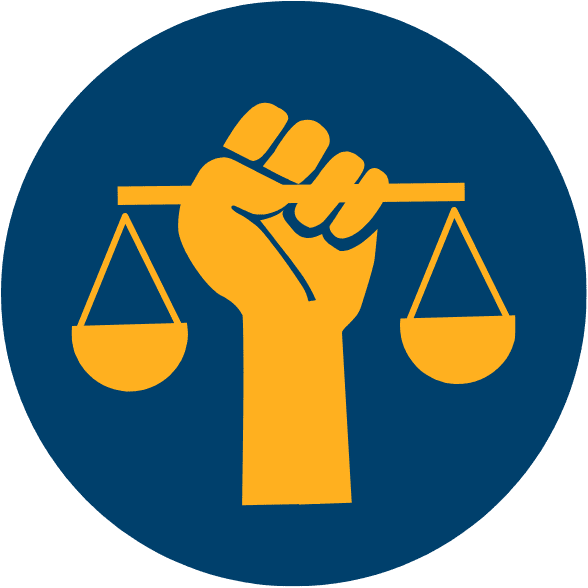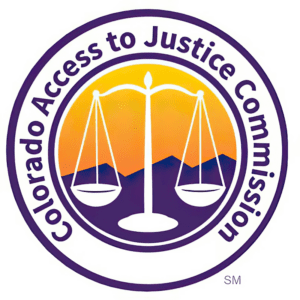
Investing in our communities and in justice and dignity for all
Civil legal representation helps Coloradans escape domestic violence, protect their families, find work and housing, keep veterans’ benefits, and survive and thrive across Colorado.
Meeting Coloradans’ basic needs
The proposed Equal Justice Fund would support civil legal aid organizations helping Coloradans with legal problems that threaten basic necessities, including those involving food, shelter, utilities, and necessary medical care, and helps those facing domestic violence. Legal aid organizations serve rural, urban, and suburban low-income and vulnerable Coloradans in every part of our state. The funds would be generated from a small increase to civil court filing fees.
We also propose raising the income level at which fees are waived, so the slight increase would not hurt low-income Coloradans.
How much would this help legal aid organizations?
This fee would create an average annual funding stream of five million dollars, about five percent of the estimated annual state shortfall of $95 million. 92% percent will go to qualified civil legal aid providers, and up to eight percent will go to the Colorado Access to Justice Commission.
Why do we need an equal justice fund?
Coloradans face a complex and expensive civil legal system. Unlike in criminal cases, they have no right to an attorney for life-altering civil legal matters like if they may lose their children or their housing, so low-income Coloradans must rely on legal aid organizations to help, or represent themselves, which lowers their chance for justice and slows down court processes. For particularly vulnerable people, such as older adults, people with disabilities, people with mental health challenges, and those with limited English proficiency, these barriers can destabilize their lives and make justice inaccessible. Other western states like Wyoming, New Mexico, and Nevada invest in legal aid at a much higher level than Colorado per capita.
The impact
Funding for justice services makes a difference. Even with limited resources, Colorado’s legal aid organizations have been remarkably effective in developing tools and services to address civil legal needs. And we know that investing in legal aid helps the whole state: for every dollar invested in Colorado Legal Services in 2022, the state of Colorado and Colorado communities received an estimated $6.19 in both immediate and long-term financial benefits. This is a 600% social return on investment in addition to the dignity and justice this work provides people in our communities.
A special report from Colorado’s Access to Justice Commission
A newly released report from the Commission reveals Colorado ranks 10th among 14 western states in state funding for legal aid.
Supporting organizations





ACLU of Colorado
AFDC Coalition
Alpine Legal Services
Bridge to Justice
City and County of Boulder
Colorado Bar Association
Colorado Black Women for Political Action (CBWPA)
Colorado Blueprint to End Hunger
Colorado Children’s Campaign
Colorado Consumer Health Initiative
Colorado Criminal Defense Bar
Colorado Cross-Disability Coalition (CCDC)
Colorado Nonprofit Association (CNA)
Colorado Plaintiff Employment Lawyers Association
Colorado Social Legislation Committee (CSLC)
Counties & Commissioners Acting Together (CCAT)
The Denver Foundation
Disability Law Colorado
Hunger Free Colorado
Lutheran Advocacy Ministry Colorado
Mental Health Colorado
Rose Community Foundation
SEIU Local 105
Spring Institute


